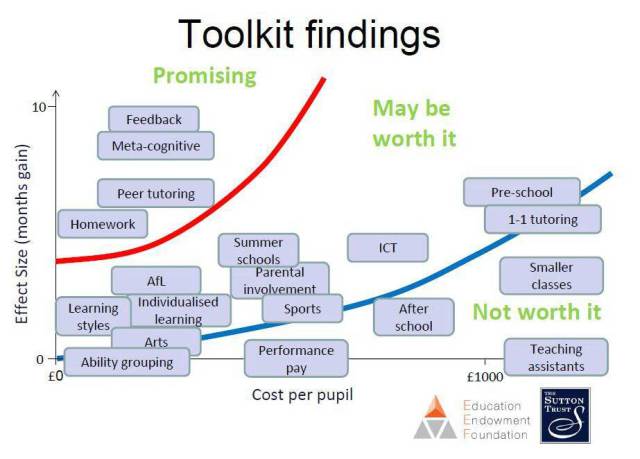How can you maximise the effect of your Pupil Premium funding? Over the past two years, the government has doubled the funding available to £2.5 billion, with schools receiving £1,300 for each eligible primary-aged pupil and £935 for each eligible secondary-aged pupil. Each school also has the flexibility on how to spend it. When you combine more money and so much flexibility, it is not surprising that confusion exists as to how use it best.
The Challenges of pupil premium
Two main headaches face those in charge of Pupil Premium budgets. The first is that such a wide range of students fall into the ‘Pupil Premium’ category. These include those who are eligible for free school meals, those who have been adopted from care and those whose parents are in the armed forces. Within each of these groups, there is a diverse range of students, each with different needs. The pupil premium is therefore not intended to address one type of student with one type of challenge facing them; a whole spectrum of issues is covered. There is no ‘one size fits all’ solution, and lumping all these students into one big group can make any one type of intervention difficult.
The other potential obstacle is that with funds within schools stretched to breaking point, the temptation may be to divert pupil premium funding elsewhere. With so much diversity, so much flexibility, and money being sparse elsewhere, how can we ensure that pupil premium funding helps the students who need it the most?
Where To Look
Pete Henshaw, editor of SecEd, offers an excellent overview of the characteristics of schools who get the most from their pupil premium. These include a proper analysis of where pupils are underachieving and why, as well as using research evidence to drive forward activities. The Sutton Trust-EEF Teaching and Learning Toolkit provides a very user-friendly overview of such research. As well as providing the evidence behind each strategy, it also highlights how much impact they have and, most importantly, the typical cost of each intervention. This allows you to get an understanding of the overall value.
Getting The Most For Your Money
So, which strategies come up as having scientifically proven high impact at relatively low cost? One of them is Meta-Cognition & Self-Regulation, or in layman’s terms, ‘improving how students think’. This covers taking responsibility for their learning, managing their motivation, setting goals, improving self-awareness and the ability to monitor their own learning.

There seems to be a growing appreciation of the importance of these type of thinking skills. Although teachers communicate these skills within their everyday interaction with their students, schools are starting to dedicate more time to teach these skills explicitly. There are two different approaches on how best to do this.
The first is to do it in-house. To do so, members of staff often receive training from an external company on this, that they might then pass it on to the students and colleagues. The main benefit of this is that it provides CPD that teachers value. The only downside is that asking teachers to carve out more time from an already packed timetable can be tricky.
The second school of thought is to have an external company come in and work directly with the students. The main benefit of this is that students often appreciate hearing similar messages but from different voices. On occasions, an external voice that has no history with the students can have a more immediate impact. Taking time off timetable can be as tricky for students as it is for staff, although enrichment days provide valuable opportunities to do this.
Summary
So there you have it: Pupil Premium, a valuable funding source to help disadvantaged students. If planned properly, the body of research suggests that it can provide an opportunity to have a meaningful impact on the lives of our students, especially by teaching them how to improve how they think, especially when under pressure.
Choosing The Right Company
Three simple ways to ensure you maximise your Pupil Premium budget and choose the right external company to deliver workshops:
- Who else do they work with? - Find out which other schools or colleges they work with. If teachers at other schools think they provided good value, then that is a good start.
- Is it just motivational fluff? - Does the company have any science and research behind what they are saying or do they just talk to students about fluffy motivational topics that help them feel good but don't lead to any behaviour change.
- Ask about engagement - Students get bored quickly if they are just spoken to for hours on end. Ask them how they keep them engaged and what sort of activities they do.







